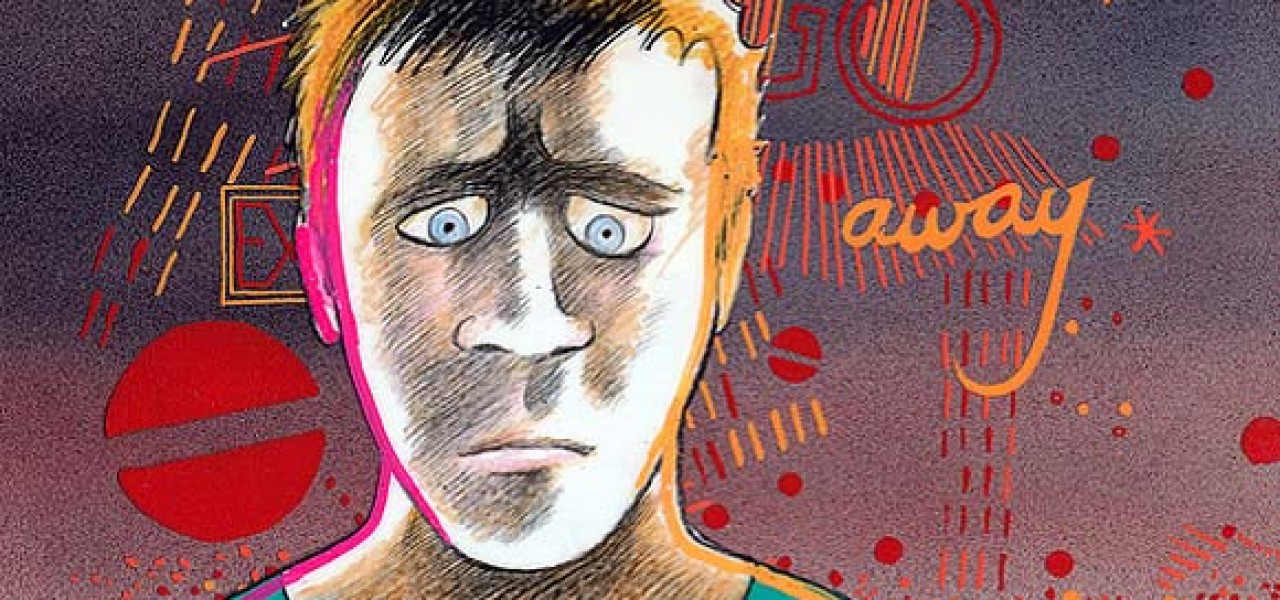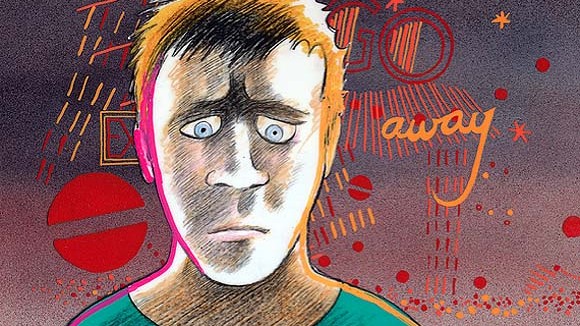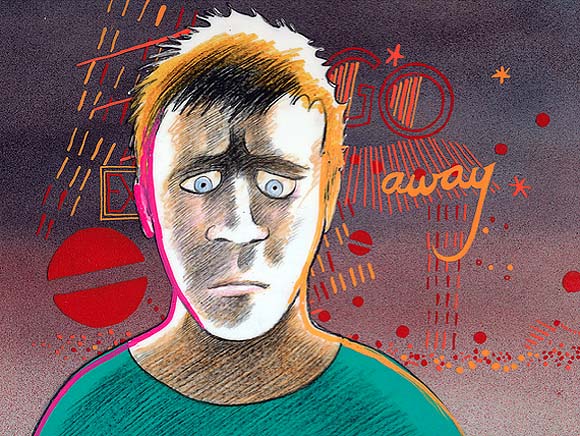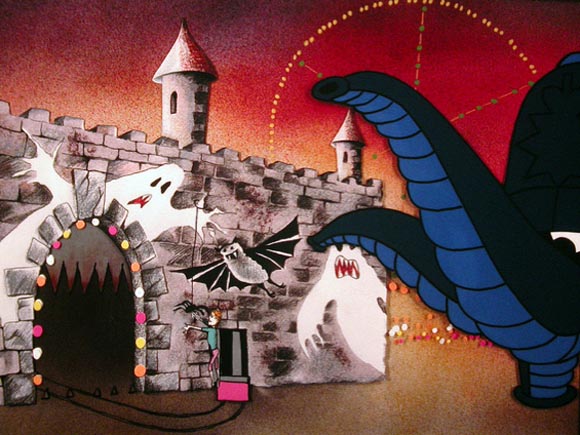

How Can We Make Adult Animation Truly Adult?

The potted history of animation’s shifting demographics should be familiar. Once, animated films were aimed at general audiences. Over time, animation began catering primarily to children. Then, more recently, animation intended for older audiences once again began to make itself known.
But the closer we look, the more intricacies we find. From Persepolis and Waltz with Bashir being discussed on the BBC’s current affairs program Newsnight, to the premiere of the late-night animated sitcom, there are countless example of adult animation bubbling up, sometimes disappearing again, other times leaving a mark.
Adult television animation developed in different ways around the world. In America, cartoons from The Simpsons to Adult Swim show that it is the ribald ethos of Ralph Bakshi and Spike and Mike’s Sick and Twisted festival which ultimately won out. The Japanese industry, meanwhile, found vast quantities of source material in the country’s multifaceted comics scene.
Sometimes it takes only a single agency to have a major impact. In Britain, adult television animation is associated primarily with Channel 4, which adopted the festival model. Throughout the Eighties and Nineties it screened countless animated shorts, mixing original commissions with work gathered from around the world.
If I were to pick a single work in which multiple streams of adult cartoons converge to great success, I would pick Some Protection, a 1987 short made by Marjut Rimminen for Channel 4. This film is based around an unscripted monologue from an incarcerated teenager named Josie O’Dwyer; the other characters with speaking roles are portrayed by actors, making the film a mixture of fact and fiction. The case of Josie O’Dwyer is abstracted into something broader, her story becoming potentially representative of any number of people with similar experiences.
Some Protection is mostly literalistic but makes use of expressionist elements. When the central character is isolated, she is placed naked against a plain white background. To show her bewildering new surroundings, there is a point of view shot swinging from one leering face to another. The film also uses symbolism in the same way as political cartoons: the outside world is portrayed as a colorful funfair, but when the protagonist escapes into it, she is immediately grabbed by the tentacle of a policeman-octopus. The imagery is not subtle, but it serves its purpose in carrying the narrative forward through a scene which would have been unwieldy if portrayed in a more literal manner.
Political cartoon, biography, social commentary, expressionism, drama, documentary – all of these elements combine in Some Protection, showing just what can be achieved once the many strains of adult animation begin to merge.
If animation was greatly affected by television, then the coming of the Internet shook things up even more. The effects of the online revolution are twofold: firstly, sites such as YouTube provide unprecedented access to animation old and new. Secondly, it has increased communication between animation viewers by providing new ways for fans to gather and share recommendations.
The Internet emerged as the ideal home for what can be termed the geek demographic, with TV Tropes being a prime example of a website put together by and for self-proclaimed geeks. The site prides itself on covering as broad a range of fiction as possible, emerging as a sometimes fascinating form of populist, open-access media scholarship. In theory, this would make it the perfect place to cover lost gems of animation, but in practice it has many blind spots. There is little discussion about Svankmajer or Norstein, while juvenile mediocrities such as Disney’s Gargoyles are treated as masterpieces on a par with the television dramas of Dennis Potter and David Simon.
TV Tropes has a page devoted to what it calls the Animation Age Ghetto, which gives a reasonable if scattershot overview of the subject. The page’s “examples” section, however, consists in large part of people filibustering about how their favorite superhero cartoons never caught on. The main reason that most of these cartoons never attracted adult audiences, of course, is that they are simply not for adults.
That’s not to say that there’s anything wrong with having guilty pleasures. The humorist Stephen Fry summed things up well: a fan of Doctor Who, he commented that “every now and again we all like a chicken nugget.” As he continued, however,
If you are an adult you want something surprising, savory, sharp, unusual, cosmopolitan, alien, challenging, complex, ambiguous, possibly even slightly disturbing and wrong. You want to try those things, because that’s what being adult means.
The ever-enthusiastic geek demographic certainly does not see animation as being merely for children. But it suffers from an inverted snobbery, with more inventive or experimental animation dismissed as “pretentious” or “arthouse”, and from a view of the medium that is built largely on nostalgia for beloved childhood cartoons. Even dedicated animation enthusiasts can overlook much of the best work which is out there: perhaps it is in human nature for audiences to stick to the films which they think they might enjoy rather than try anything new.

When commercial television first arrived in Britain in 1954 it was opposed by Lord Reith, then director-general of the publicly-funded BBC. Reith was a firm believer that television should provide quality programming which was beneficial to the public, commercial considerations and popular taste be damned. Now, with producers of online animation competing to create the crudest and most lowbrow fare, the approaches taken by festivals or outlets such as Channel 4 look rather Reithian by comparison.
Works such as Some Protection show us what adult television animation can achieve when supported by a body that is willing to back inventive and challenging creations. Just think what the broad canvas of Internet animation could achieve with a similar agency, be it a prominent funding body or a broader-minded fandom.
(Images in this post from Marjut Rimminen‘s “Some Protection”)

.png)